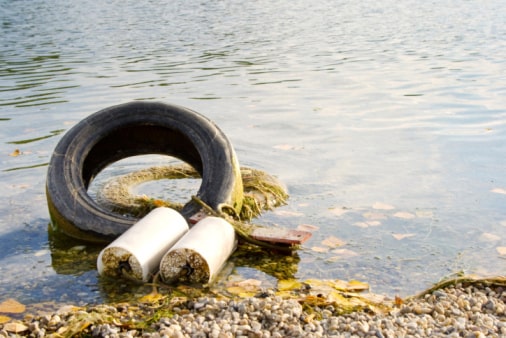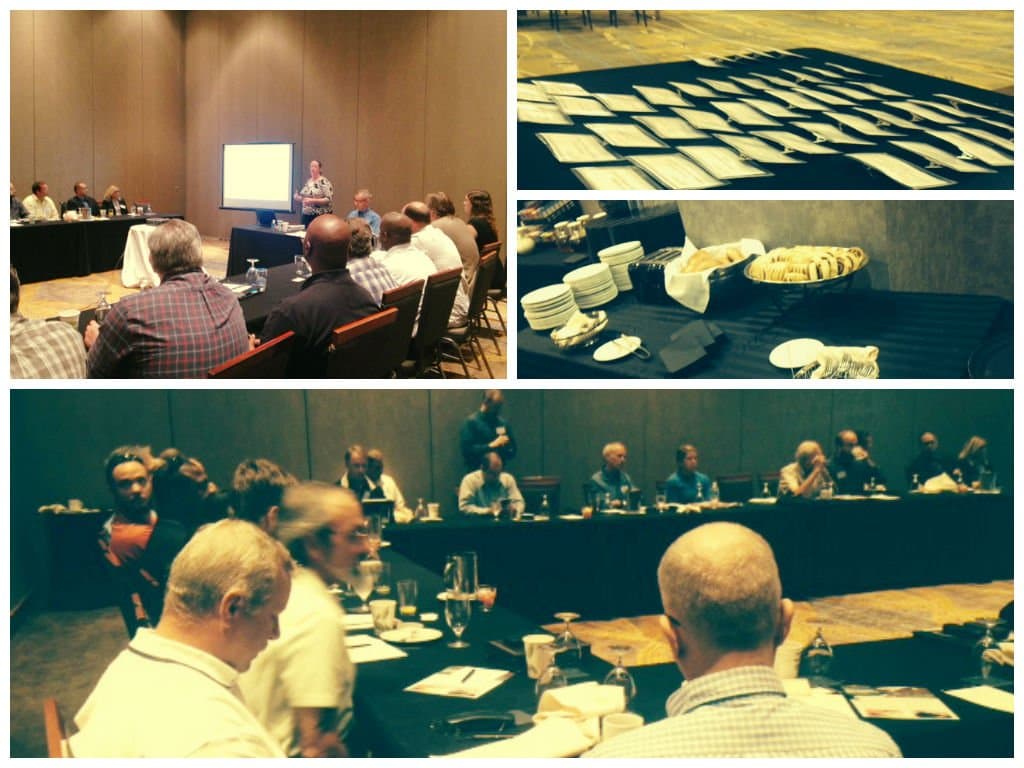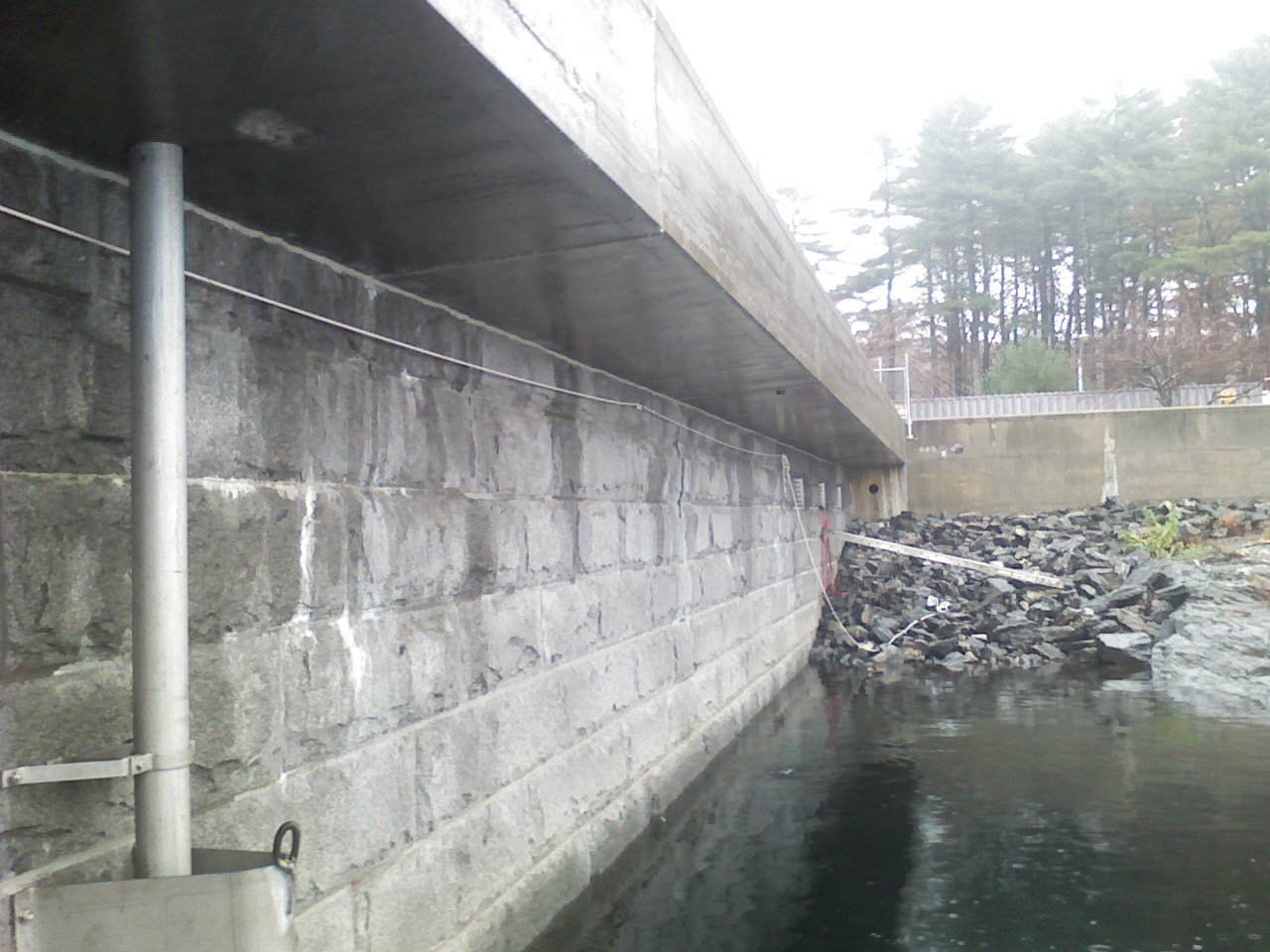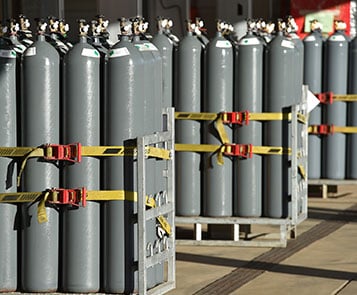Stormwater: How to Prepare for and Perform a Sampling Project
 The 2015 Multi-Section General Permit for stormwater is out. The previous 2008 MSGP expired in 2013, but was administratively continued until this year. The most significant changes in the 2015 MSGP include permit process streamlining, bolstering environmental protections, and providing more clarity. If you haven’t done so already, now is the time to refocus efforts on your program to ensure that all aspects are in compliance with the updated requirements, and that any required monitoring/sampling is completed thoroughly and efficiently.
The 2015 Multi-Section General Permit for stormwater is out. The previous 2008 MSGP expired in 2013, but was administratively continued until this year. The most significant changes in the 2015 MSGP include permit process streamlining, bolstering environmental protections, and providing more clarity. If you haven’t done so already, now is the time to refocus efforts on your program to ensure that all aspects are in compliance with the updated requirements, and that any required monitoring/sampling is completed thoroughly and efficiently.
Here is a list of basic tasks to include in your program assessment and updates:
- Complete and submit the Notice of Intent
- Review the facility Stormwater Pollution Prevention Plan (SWPPP)
- Edit the SWPPP team, site map(s), erosion control, etc. as needed
- Confirm existing and any new monitoring (sampling) requirements, and communicate these with your sampling team or contractor
The Notice of Intent due dates can be summarized as:
- September 2, 2015 for discharges commencing prior to that date, including discharges covered by the 2008 MSGP
- A minimum of 30 days prior to commencing new discharges
Facility representatives can determine the MSGP applicability for their sites using 40 CFR 122.26(b)(14)(i)-(ix), and based on the facility SIC code or general industry description, such as:
- Heavy manufacturing
- Mining, oil and gas
- Hazardous waste facilities
- Landfills
- Recycling facilities
- Steam electric power plants
- Transportation industries
- Sewage treatment facilities
- Light industry
With all of your documentation in place and requirements understood, prepare for monitoring and sampling. Monitoring requirements are most typically monthly, quarterly, or annually depending on site-specific requirements. Some parameters may carry different frequency requirements. For example, if you are monitoring quarterly, you may have annual requirements to meet during one of the quarterly monitoring events.
You’re at the mercy of Mother Nature to provide a qualifying rain event, but the better you prepare for monitoring, the more efficient and thorough your efforts will be. At a minimum, your preparations for monitoring and sampling should involve the following:
- Identify the monitoring team and communicate all requirements to them.
- If samples are to be analyzed by a laboratory, contact them to ensure that they can perform the analyses you need and ask about any requirements that they have for you.
- Develop all container labels and chains of custody (COC) complete with sample IDs and analyses requested. Sample IDs must match between the container labels and the COCs, so pre-printing all of these is an excellent way to save time and ensure quality.
- Monitor seasonal weather trends and forecasts. Less frequent monitoring requirements affords a sort of luxury with picking the time of year and even a particularly convenient rain event such as during weekday business hours.
- Have a communication plan with defined roles and responsibilities for team members in the days and hours leading up to a monitoring event.
- Take detailed notes during monitoring.
Stormwater monitoring and sampling is surely not going to be every person’s favorite project, but planning and preparation will make the job much more bearable for everyone.
Look here for more information on how Triumvirate helps clients with stormwater sampling and management.






